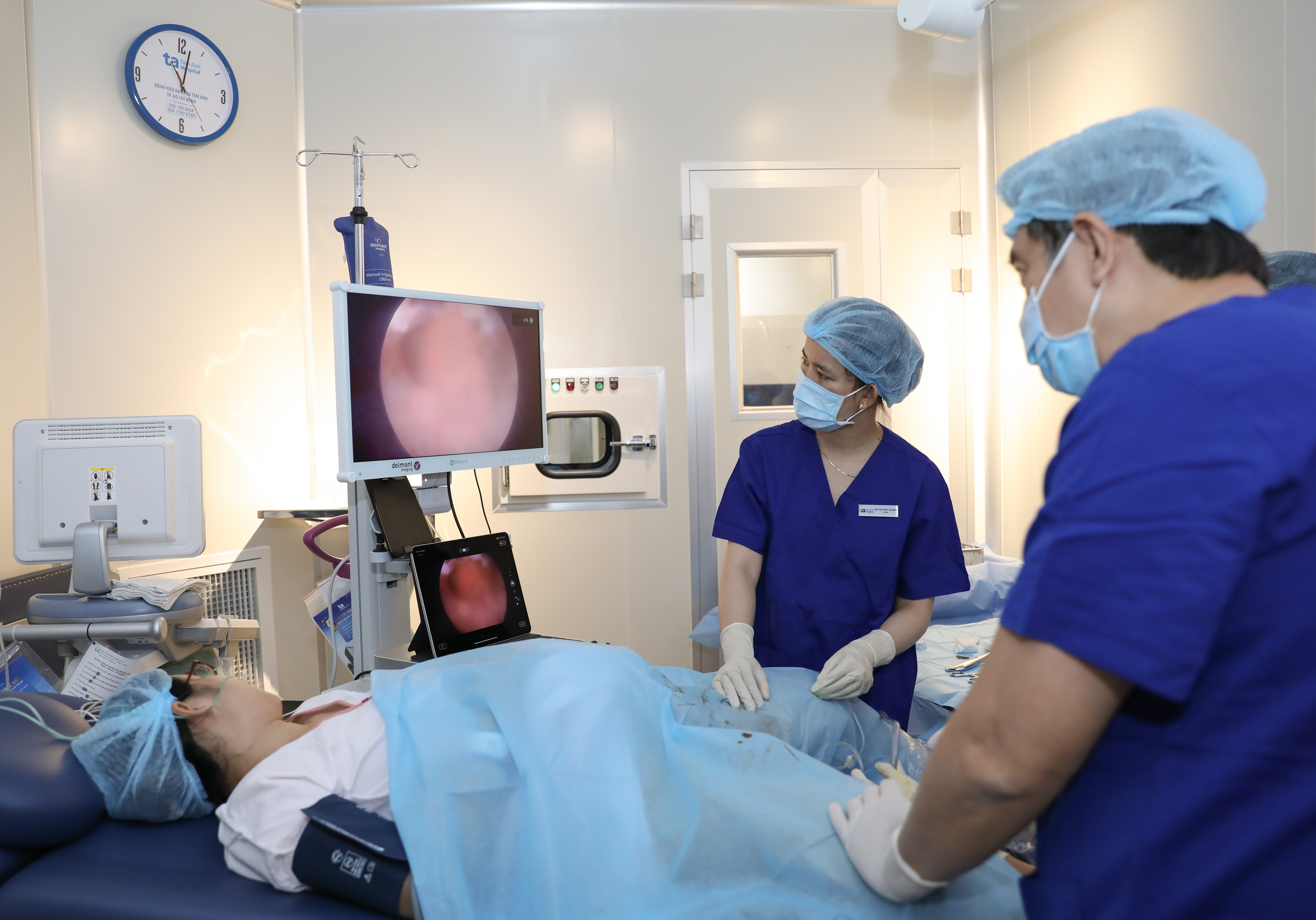Answer:
Surgical abortion, also known as dilation and curettage (D&C) or vacuum aspiration, is a procedure to terminate a pregnancy. It involves using specialized medical instruments and/or vacuum suction to remove the pregnancy from the uterus through the vagina. These methods are typically used when the pregnancy is over 10 weeks, past the point where medication abortion is suitable, or if the pregnant person has health concerns that prevent them from using medication abortion. Surgical abortion is also necessary if there is retained tissue after a medication abortion or if the medication abortion is unsuccessful.
If these procedures are performed in a hospital setting, using proper techniques, and without complications or after-effects, natural conception is still possible. However, surgical abortion can sometimes cause infections in the reproductive tract. These infections can spread upwards to the fallopian tubes, leading to fluid buildup and blockage, which can prevent natural conception.
In cases of forceful procedures, serious damage to the uterine lining can occur, causing scarring and adhesions. This can prevent embryo implantation and development, increasing the risk of infertility and pregnancy complications like miscarriage. Women with a history of multiple abortions may also experience difficulties in subsequent pregnancies.
 |
Doctors perform hysteroscopy on a patient before embryo transfer in in vitro fertilization. Illustration photo: Nguyen Thang |
Doctors perform hysteroscopy on a patient before embryo transfer in in vitro fertilization. Illustration photo: Nguyen Thang
You and your husband have been married for 4 years without conceiving, which is classified as infertility. However, it's impossible to conclude whether this is due to the surgical abortions without a thorough examination. A doctor needs to examine both of you to fully assess your reproductive health. The doctor may order tests such as ovarian reserve testing, ultrasound of the uterus and ovaries, hysterosalpingography (HSG), and hysteroscopy for you if necessary. Your husband may undergo semen analysis, examination of the reproductive system, and genetic testing.
Once the cause is determined, the doctor will develop a suitable treatment plan. Common assisted reproductive technologies (ART) like intrauterine insemination (IUI) or in vitro fertilization (IVF) have higher success rates. If you have complications from previous abortions, such as uterine scarring or adhesions, it might lead to multiple failed embryo transfers, miscarriages, or recurrent pregnancy loss. Before embryo transfer, the doctor may perform hysteroscopy to treat adhesions and repair any damage to the uterine lining to improve the chances of pregnancy. At Tam Anh IVF - District 8 in 2024, the pregnancy rate after embryo transfer was nearly 79%. For women under 28, the rate was almost 85%.
MSc. Obstetrics and Gynaecology Specialist Tran Ngoc Ha Giang
Department of Assisted Reproduction
Tam Anh General Hospital - District 8
| Readers can submit questions about infertility here for doctors to answer. |












